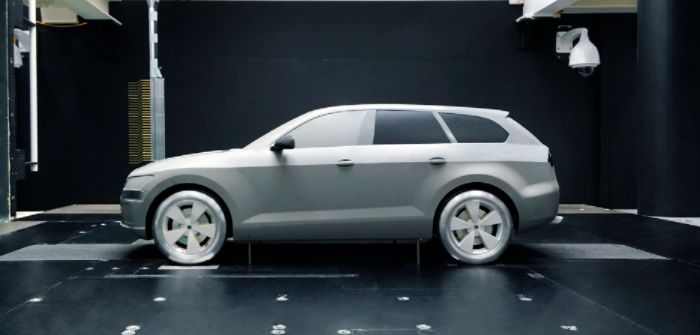Engineering plastics specialist Röchling has developed the AeroSUV – a 1:4 scale model that combines the legally required aspects of a medium-sized SUV with design elements. Using the AeroSUV as a development tool, Röchling can help vehicle manufacturers to find ways to refine new products by enabling far-reaching flow simulations and wind tunnel tests to be conducted early in the design phase.
Developed jointly with the Research Institute of Automotive Engineering and Vehicle Engines Stuttgart (FKFS) at the University of Stuttgart, Germany, AeroSUV also enables different flow scenarios to be compared across software packages and with the results of wind tunnel tests.
“The WLTP has considerably increased the significance of vehicle aerodynamics,” commented Peter Dill, director of aerodynamics at Röchling Automotive.
Added aerodynamics researcher, Dr Juliane Nies, “Offering the ability to integrate different rear-end variants, the AeroSUV can take into account the rising number of derivates in this profitable growth segment. Also, the modular approach and the degree of realism is something no other company can offer.”
The typical geometrical features of an SUV are the high ground clearance, the big wheels and big body. Currently, in the EU and the USA, there are no legal restrictions on these parameters. Therefore, when creating the design of the AeroSUV, current SUV models were examined. Developers mapped the vehicle’s detail in order to achieve realistic aerodynamic coefficients and optimized the geometry in CFD.
Wind tunnel tests performed using the AeroSUV have showed the extent to which certain parameters affect the airflow characteristics. Factors traditionally posing the greatest challenge during development are the underbody design, ground clearance, and the wheels, including the wheelhouses.


